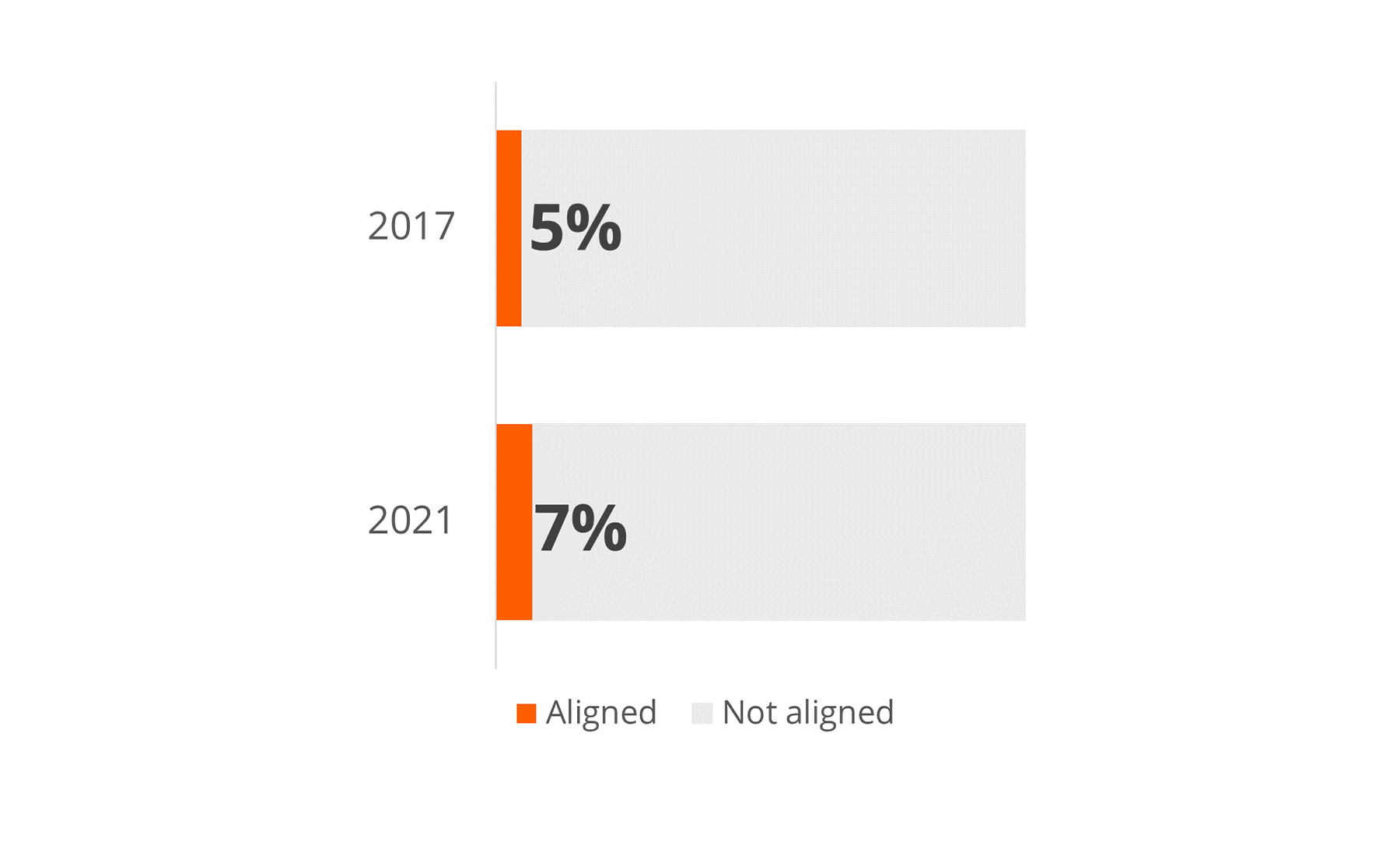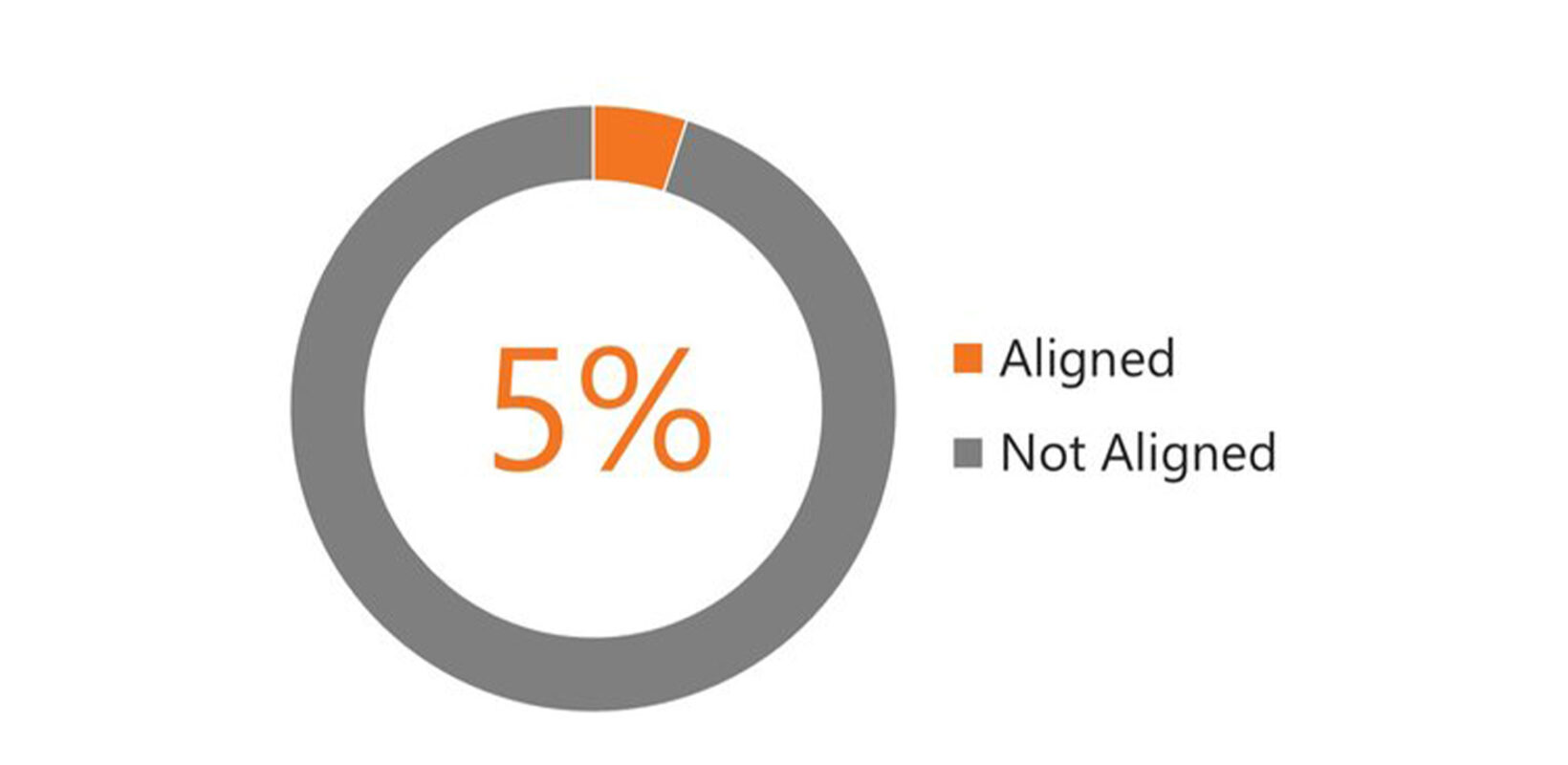
Alignment Assessment insights for companies
The Alignment Assessment project that Kumi is delivering for the OECD is bringing unprecedented insights into the current status of minerals supply chain due diligence practices. Whilst the OECD Alignment Assessment project is focused on evaluating industry programmes, there is much for companies to take from this work.
The process of developing the Alignment Assessment Tool and undertaking the pilot assessments has required a forensic analysis of the recommendations within the OECD Guidance and prompted much discussion between the OECD Secretariat, the participating industry programmes and Kumi on how recommendations from the OECD Guidance should be interpreted and applied in practice. Our view at Kumi is that the insights from this detailed analysis have much to offer companies.
A good example relates to the OECD Guidance recommendations for companies’ policies on responsible mineral sourcing. A company’s policy is a key element of its due diligence management system. It defines the standards that the company sets for itself and expects of its suppliers, and provides the basis for subsequent due diligence and supply chain management activities. The content of a company’s policy can, therefore, provide some useful insight into the company’s broader approach to due diligence and mineral sourcing.
Kumi’s analysis of companies’ conflict minerals policies
The team at Kumi did some analysis during September 2017 – independently from our work for the OECD – on the conflict minerals policies of companies that are members of the Responsible Minerals Initiative (formerly known as the Conflict-free Sourcing Initiative). We looked at the policies of 314 companies, virtually all of whom were downstream companies, to establish, in our view, how many of these companies’ policies could be considered to be aligned with the recommendations that are set out for company policies in the OECD Guidance.
Of the 314 company policies we evaluated, only 5% were, in our opinion, aligned with the recommendations of the OECD Guidance.

How we evaluated companies’ conflict minerals policies
Within the draft Alignment Assessment Tool (available on the OECD’s website) there are three criteria that relate to the content of companies’ policies:
- Adopt a policy, applicable to the company and its suppliers, providing the principles and standards for identifying and managing the risks in the supply chain of minerals potentially from conflict-affected or high-risk areas, against which the company will assess itself and the activities and relationships of suppliers.
- Ensure that the supply chain policy is consistent with the standards provided in Annex II of the Guidance.
- Within the supply chain policy, set out a clear and coherent management process for risk management. Commit to the due diligence steps as described in the relevant Supplement.
For this analysis, we set three tests to define whether a downstream company’s policy might reasonably be considered to be aligned with the recommendations of the OECD Guidance:
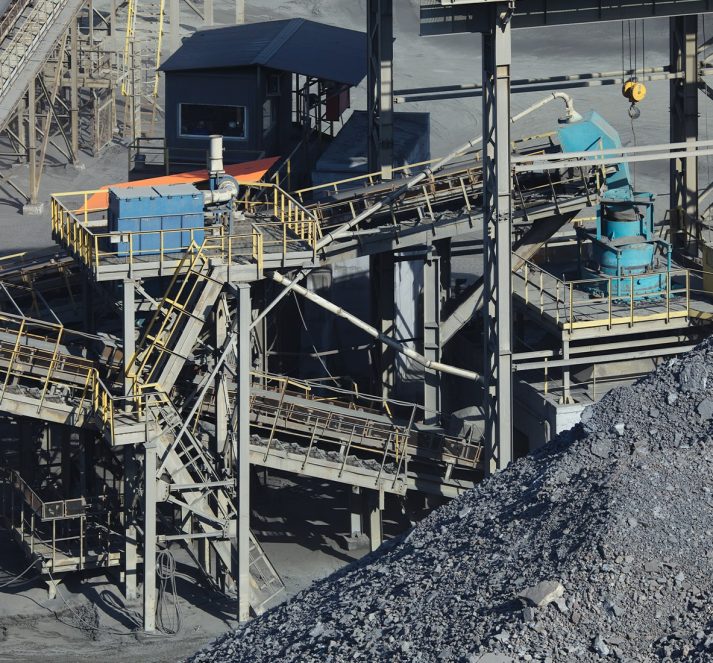
1. The policy did not limit its applicability to minerals sourced from a defined geographical area (e.g. the Democratic Republic of Congo and adjoining countries). This is because the OECD Guidance is global in scope.
2. The policy either (a) explicitly referenced the Annex II risks set out in the OECD Guidance or, (b) explicitly referenced the risks of conflict and severe human rights abuses AND referenced the OECD Guidance. This is because the policy must set clear expectations of the standards the company expects of its suppliers (e.g. the adverse impacts that it does not tolerate in its supply chain). If a company elects to summarise the specific risks set out in Annex II of the Guidance, then it should at least describe the key risk areas of concern and state where more detailed guidance may be found.
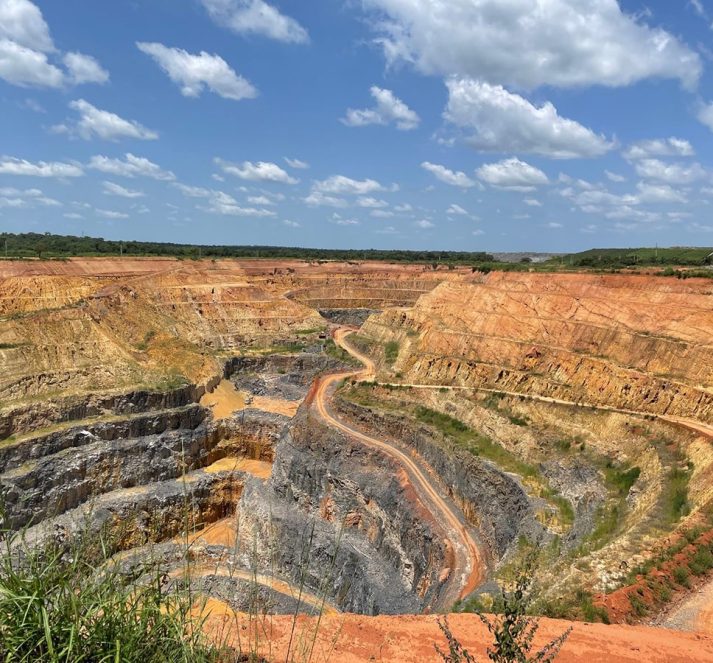
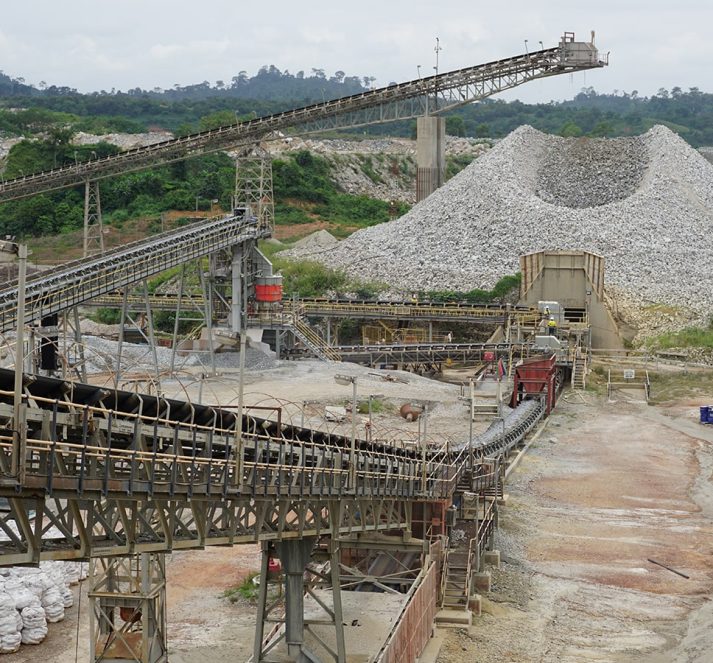
3. The policy explicitly states that the company expects its suppliers to comply with its policy and references actions that will be taken by the company to implement the policy. This is to ensure that the policy is indeed part of an active supply chain management process, and to indicate that non-compliance with the policy will (or, at least, could) have consequences for suppliers.
Why were so few companies’ policies aligned with the standards of the OECD Guidance?
As downstream companies are many steps removed from mine sites, it is reasonable to expect that a downstream company’s mineral sourcing policy may be quite different to that of, say, a smelter. Nonetheless, the principles set out in the three Alignment Assessment criteria remain applicable.
The most common reason for companies’ policies failing these tests was that companies limited the scope of their policies’ application to ‘conflict minerals’ from the DRC or adjoining countries. The second most common factor was that companies did not specify what the impacts were that suppliers were to avoid contributing to through their mineral sourcing.
It is important to note that many RMI member companies developed their policies with compliance with the US SEC’s Conflict Minerals Rule forefront of mind. Further, it should also be noted that the RMI itself is in the process of implementing comprehensively revised standards for the Conflict-Free Smelter Program which, amongst other things, remove the geographical focus on the DRC and adjoining countries that is in the existing standards. Consequently, it is reasonable to expect that as the revised RMI standards are rolled out into the Conflict-free Smelter Program, many downstream companies may reconsider the scope of their existing conflict minerals policies.
Nevertheless, this analysis does serve to illustrate the rich detail that has been generated through the OECD Alignment Assessment project and how this detail can help strengthen and improve companies’ responsible sourcing practices.
Much to do beyond responsible sourcing policies
In our experience, many companies have some way to go to implement due diligence and sourcing practices that comply with the principles and standards set out in the OECD Guidance. In this article we have been discussing just one element of a company’s management system – there are similar opportunities to refine and strengthen company practices across all aspects of the OECD’s five-step due diligence framework.
As awareness grows of the significant risks that are connected with many mineral supply chains – not just conflict minerals from the DRC – it is more important than ever that companies implement due diligence and sourcing practices that are impactful and appropriate to their position in the supply chain. Downstream companies may be many steps removed from mine sites, but they are the ‘market makers’ and how they implement due diligence has a knock-on effect throughout the supply chain.
How Kumi can help
At Kumi we are using the unique insights from the Alignment Assessment work to help companies in developing, implementing, evaluating and strengthening their own responsible sourcing practices.
One of the services we offer clients is a Rapid Assessment of a company’s existing management processes and practices against the recommendations of the OECD Guidance. We developed this Rapid Assessment service, based on our experience of the OECD Alignment Assessment work, to provide an efficient means for a company to benchmark the current status of its systems and practices against the good practice recommendations of the OECD Guidance. We identify those areas that may be working effectively and those in need of improvement, and provide recommendations that enable a company to prioritise any necessary improvements going forward.
A Rapid Assessment may be of value to a company with established systems and processes that is seeking a ‘health check’ – an independent view of what is working well and areas that could benefit from some improvement. Equally it can provide a foundation for companies that are developing their responsible sourcing practices for the first time.
One of our recent clients for a Rapid Assessment was a global brand that had recently become a CFSI member but had not yet developed a responsible mineral sourcing strategy. Our Rapid Assessment identified a number of areas where the company had existing processes in place that either already met the management system requirements for companies that are set out in the OECD Guidance, or could meet these requirements with some modification to the company’s processes. We set out the areas where new processes would be needed, and provided recommendations on the next steps that the company should consider taking to develop its approach. As this company was interested in working towards an industry leadership position, we also provided recommendations on steps that would go beyond ‘compliance’ with the OECD Guidance to be considered amongst the leaders in its sector. This company is now making significant progress in developing its responsible sourcing approach.
At Kumi we support companies at all stages of the minerals value chain, ranging from miners through to traders, smelters/refiners and downstream companies, and at all stages of their responsible sourcing journey, whether just starting out or looking to review and improve. Please do not hesitate to get in touch if you would like to discuss how Kumi may be able to support your business.

